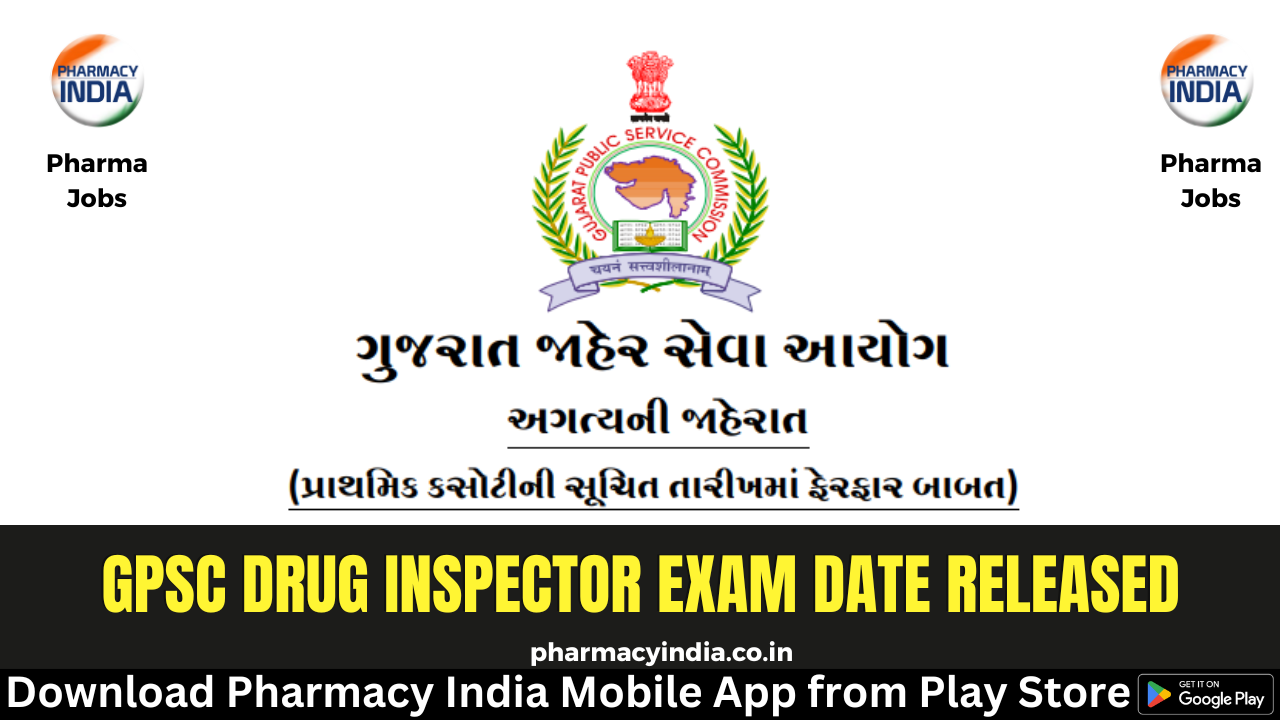According to GlobalData, a leading data and analytics company, the development of a new biopsy device by physicians and academics from the Gujarat Cancer Research Institute (GCRI) and the Institute of Infrastructure Technology Research and Management (IITRAM) may improve the landscape of bone cancer treatment in India. One of the most common cancers in India, bone marrow cancer affects a sizable portion of the country’s population. Chemotherapy, radiation treatment, and bone marrow transplantation are frequently used as treatment alternatives. A bone marrow biopsy is an essential diagnostic tool to determine these treatment options.
Recently, the GCRI and IITRAM teamed up to develop a bone marrow biopsy tool. It gives clinicians three indicators that make tissue extraction easier: the identification of the bone, confirmation that the device was inserted into the bone, and warning in the event that the bone had been perforated through the opposite end. “GlobalData’s research shows that India’s biopsy needle devices, which account for close to 12% of the Asia-Pacific (APAC) market in 2023, is predicted to rise at a compound annual growth rate of around 3% through 2030,” the business said.
“Nerve and blood vessel injury, bone fracture, uncontrolled bleeding from the site of incision, and increased likelihood of infection are some of the dangers associated with the conventional needle bone biopsies,” said Ayshi Ganguly, a medical devices analyst at GlobalData. Other effects include fluid retention at the biopsy site and even excessive and insufficient tissue harvest for analysis. These hazards connected with needle biopsies are anticipated to be reduced by the recently patented gadget, which will also lessen inadvertent tissue and bone damage.
Also, the device recently received an Indian patent. A force-balancing system that reduces the strong thrusting of needles into bones allows doctors to reduce the risk associated with manual or electric needles. This makes sure that the right amount of tissue is safely extracted for diagnosis. In order to improve accuracy and effectiveness, this gadget also has extra depth sensors and pressure control technology.
In India, medical diagnostics is anticipated to benefit from the release of a new bone marrow biopsy instrument, Ganguly continued. Also, future regulatory approvals from the FDA and CE will aid in the marketing of this device internationally. As it outperforms traditional biopsy needles, the gadget “has the potential to disrupt the Indian bone marrow biopsy business and will eventually increase the bone cancer diagnosis ecosystem in India,” stated Ganguly.






